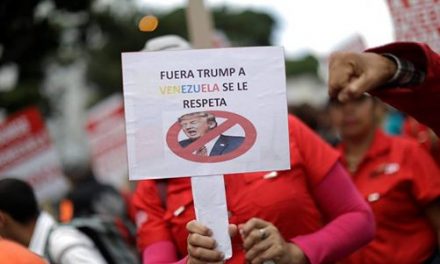Leftist Parties Win Important National Elections in 2014
By Asad Ismi
The Latin American Revolution continued to score major victories in 2014 with the re-election of leftist parties in Brazil, Bolivia and El Salvador. This is the left’s fourth consecutive term in Brazil, its third in Bolivia, and its first re-election in El Salvador (see “Social movements and the FMLN’s second term,” October 2014). Altogether leftist parties now govern in 10 Latin American countries, with these latest victories showing a deepening of the revolution, and a growing political maturity and confidence on the left.
On October 26, President Dilma Rousseff of the Brazilian Workers Party (PT), which has been in power for the past 12 years, narrowly defeated pro-business rival Aécio Neves by 3.5 million votes. Rousseff describes herself as an economist, a mother, grandmother and wife who has overcome lymphatic cancer. She is also a former member of the Palmares Armed Revolutionary Vanguard, a Cuban Revolution–inspired urban guerrilla organization that fought the brutal 20-year U.S.-backed military dictatorship that seized power in 1964. She was imprisoned and tortured by the dictatorship.
The close margin of Rousseff’s victory is not particularly unusual, since many U.S. presidents have won with similar numbers. This was, when all is considered, a vote for continuity. However, the tight race does signify important changes in the composition of the PT’s base. Where previous elections were won with support from the middle class in the south of the country, this time Rousseff can thank the poor who live mainly in the north of Brazil.
According to Manuel Larrabure, a PhD candidate in political science at York University who is writing his thesis on alternatives to neoliberalism in Brazil and Venezuela, the Brazilian middle class is split: one faction still supports the PT while another has gone over to the neoliberal opposition represented by Neves.
“The pro-PT middle class could be called the ‘progressive’ middle class,” Larrabure explains. “Although there is some disappointment with the PT in this section of the middle class, most of it voted PT. However, some of this section has drifted to [other parties on] the left.
“The anti-PT middle class opposes the PT’s social programs and could be called the ‘centrist’ middle class. Some of this middle class voted PT in the past hoping for growth and employment. However, a significant part of this middle class switched to Neves in this election in part because of the slowing economy and in part because of the fear and demonization campaigns launched by the corporate media against the PT.”




